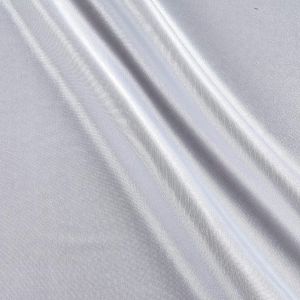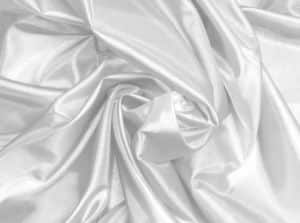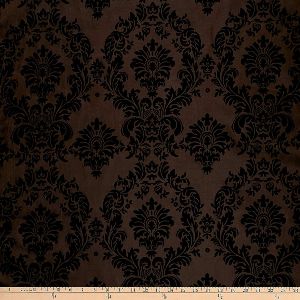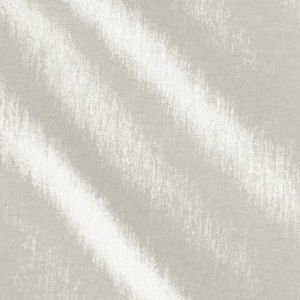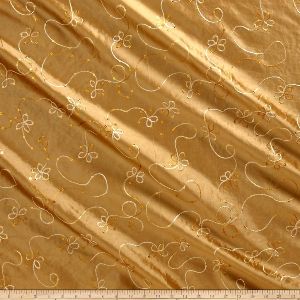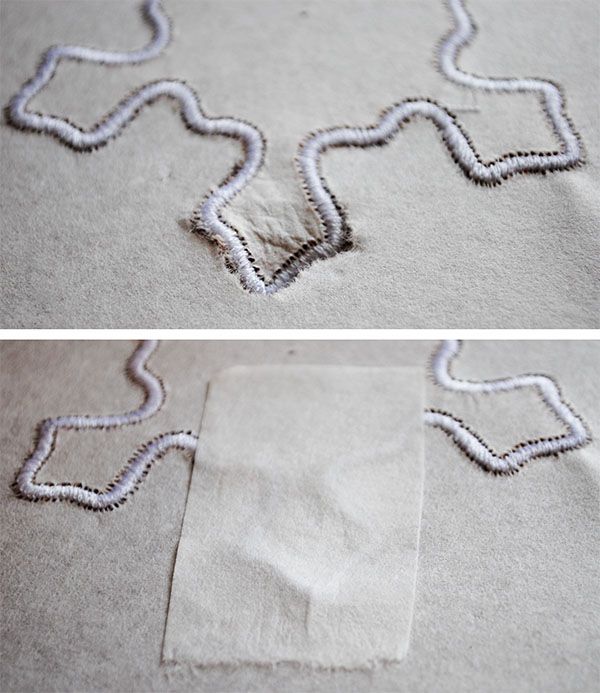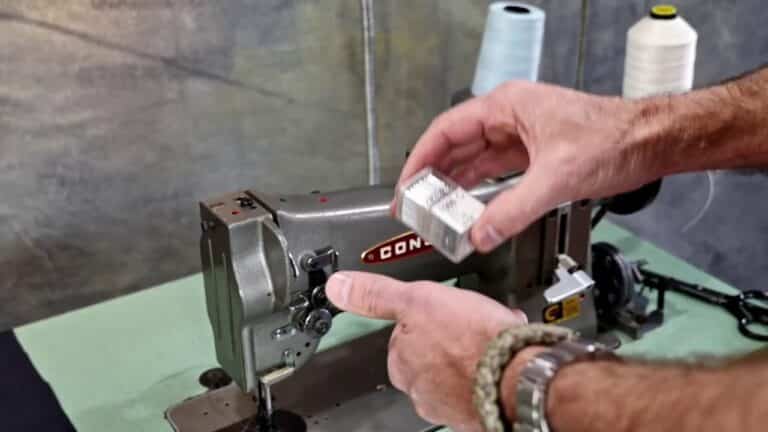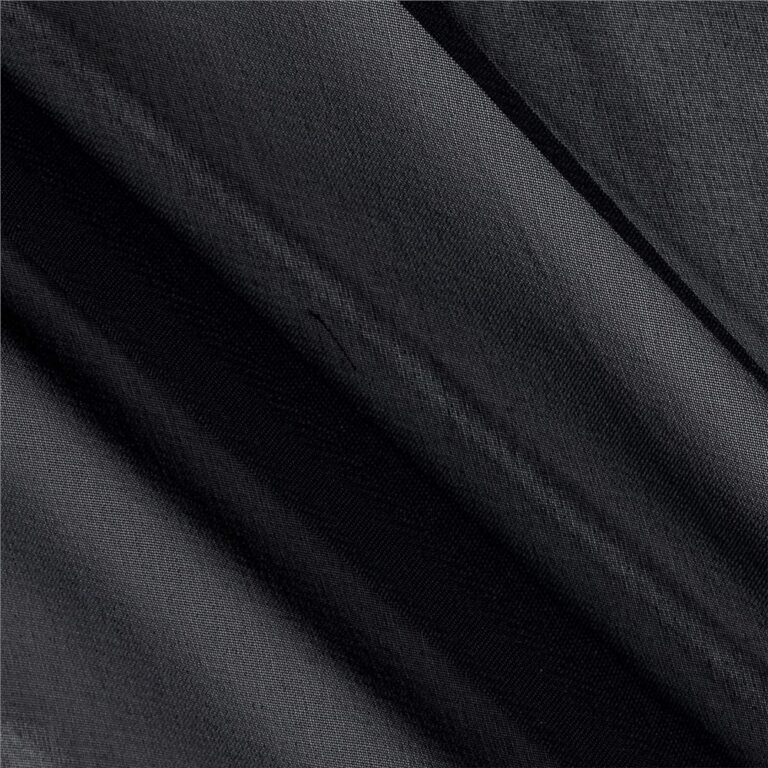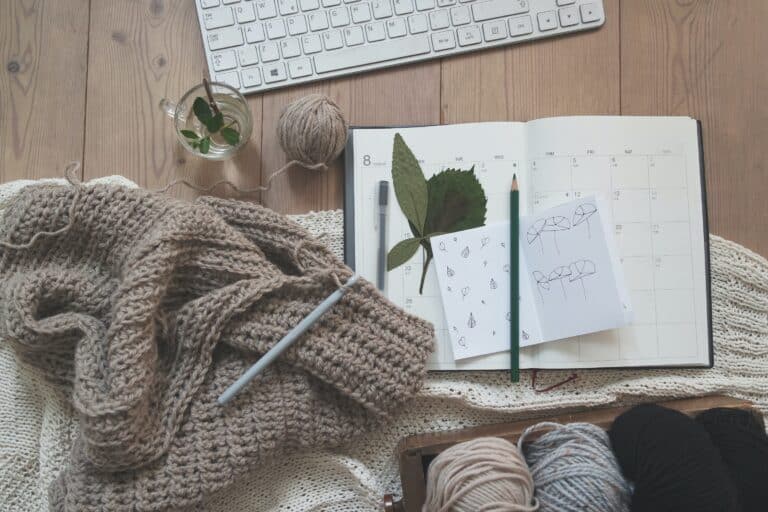Taffeta Fabric: History, Properties, Uses, Care, Where to Buy
Table of Contents
- 1 Introduction to Taffeta Fabric
- 2 What is the History of Taffeta fabric?
- 3 Properties of Taffeta Fabric
- 4 How is Taffeta Fabric Made?
- 5 Where is Taffeta Fabric made?
- 6 Common uses of Taffeta fabric
- 7 How to care for Taffeta Fabric?
- 8 Where to Buy Taffeta Fabric?
- 9 Best Taffeta Fabrics
- 10 Tafetta Fabric Buyer’s Guide
- 11 Conclusion
Introduction to Taffeta Fabric
Usually made from silk, taffeta fabric is a textile that can be woven using nylon, polyester, acetate, or other synthetic fibers. It is a crisp and plain-woven textile that can be made with various fibers and weaving strengths.
The Persian term “taftah,” which means “crisp, woven,” is the root of the English word “taffeta,” which was first used in the Middle East.
What is the History of Taffeta fabric?
Taffeta fabric was originally produced in ancient Persia. Even though “taffeta” was used to represent lightweight silk clothing for more than a thousand years, no one knows if what was once known as “taffeta” in the olden ages is the same textile as what is worn now.
Taffeta fabric has appeared numerous times over the years; tabby cats, for example, were reportedly named for their likeness to a particular type of patterned Taffeta cloth in their early years.
Properties of Taffeta Fabric
- It is a shiny fabric that has a quite appealing appearance.
- It is crisp and can retain its shape quite well.
- The fabric is smooth and comfortable to wear
- It is a fabric that snags easily
How is Taffeta Fabric Made?
One warp thread goes over and under the other in a checkerboard structure to develop taffeta fabric, which is constructed using the plain-weave method. Because the threads are coiled while being weaved, taffeta is characterized by its toughness and rigidity.
Traditionally, taffeta fabrics were made from silk. However, taffeta producers began weaving the fabric out of rayon and synthetic fibers like polyester in the twentieth century.
Currently, polyester-based taffeta fabric is the most common type of taffeta since it is affordable and resembles the look of silk.
Where is Taffeta Fabric made?
China and India, which continue to be the two largest manufacturers of silk in the world, are responsible for most of this fabric’s creation during its history.
Although some taffeta fabric is still made in the Middle East, Indian mills have long been the leading source of this material. Several factories produce this type of cloth in Pakistan and China. Since China is the world’s biggest textile creator, it produces both silk and synthetic taffeta fabrics.
Common uses of Taffeta fabric
Taffeta is used for various garments along with different products.
Daily wear
Taffeta fabric can be used to make dresses. Its shiny glow and the exquisite curves the material generates have made Taffeta a fashion mainstay, from evening gowns to wedding gowns to prom dresses.
The inner lining of jackets
For jackets, silk taffeta is ideal since it is attractive and delicate to the touch, making it an excellent choice for the lining.
Undergarments
Taffeta fabric is also widely used for undergarments such as corsets, which require a sufficiently rigid fabric to maintain the garment’s shape.
Parachutes
The fabric also has a history of being used in making parachutes during World War II.
Home Décor
This material is a great choice for different types of coverings, such as window coverings, wallpaper, and other types of decor.
Sewing your Taffeta
Taffeta is a strong textile that is difficult to sew due to its rigid nature. The tough cloth is difficult to cut, so use sharp fabric scissors to cut the fabric. If one wants to get ideal results with their sewing, one should be sure to employ the appropriate sewing essentials, sewing notions, and supplies.
When sewing patterns and designs on the fabric, use a microtexture needle for efficient results. The sewing threads used should be silk or cotton-based, depending on the composition of the fabric. When sewing taffeta fabric, always use a new needle because old needles are dull and can leave tears.
Getting somebody to hold the fabric taut is better so you can concentrate entirely on sewing it. You also should use the best sewing machines like the SINGER 14T968DC for the best results.
With these few basic pointers and methods in mind, you can sew taffeta in various ways.
Dyeing your Taffeta
Even though it may appear impossible, taffeta textiles can be dyed. However, this will depend on the fabric’s composition. The Rit 88620 All-Purpose Liquid Dye, Charcoal Grey, the best fabric dye currently on the market, can be used to dye your Taffetas.
How to care for Taffeta Fabric?
Taffeta fabric isn’t quite as difficult to handle as you may imagine when cleaning and ironing.
Washing and drying
- Use cold water to wash the fabric
- Handwashing is always the safest and most effective cleaning method.
- If machine-washing the textile set the machine to a normal cycle
- Fabric softeners can be used
- You should use a gentle laundry detergent.
- Avoid the use of bleach.
- The fabric can be dried by air-drying it on a flat exterior
- Alternatively, you can tumble dry the garment on low, but be sure to take it from the dryer before it dries out.
Ironing
- Using a shark steam iron, press the fabric on the wrong side
- Use a low heat setting and a press cloth
- Make use of pins to keep the fabric in place.
Where to Buy Taffeta Fabric?
Retailers that sell fabrics and garments also carry taffeta in their inventories. Customers can also purchase Taffeta fabric from online merchants and websites such as Amazon and Fabric.com, which stock the best Taffeta fabric, such as the stunning The Fabric Exchange White Taffeta Fabric.
Depending on the vendor, there are a variety of ways to sell it;
- By the yard
- By the inch
- It can be cut to your specifications
Taffeta fabrics are delicate fabrics that are typically used for creating garments such as formal wear or dancewear and can also be used to line garments because it is thin and lightweight. It is also used for decoration projects, such as making tablecloths or drapes. This buying guide will help you select the perfect taffeta fabric for any project you have in mind.
Best Taffeta Fabrics
Here are our taffeta fabric reviews.
1. Ben Textiles Two Tone Taffeta Fabric
This Ben Textiles two-tone taffeta is available in four different color combinations. It is great for lining garments or creating formal wear. The fabric is easy to care for – it can be machine washed in cold water and tumble-dried on the low setting.
- 100% polyester
- 58 inches wide
- Cut to order
2. The Fabric Exchange White Taffeta Fabric
This Fabric Exchange white taffeta fabric is sold by the yard, so you can order exactly how much you need for your project. It has a shiny finish and can be used to make formal wear such as dresses and bridal wear. It can be machine washed in cold water and tumble-dried on the low setting, making your projects easy to care for.
- 100% polyester
- 60 inches wide
- Cut to order
3. Ben Textiles Inc. Flocked Damask Taffeta Fabric
This Ben Textiles taffeta fabric features black flocking on a red background. It is made of 100% polyester and can be cared for by dry cleaning. It makes a great choice for creating garments such as jackets or dresses or home decor projects such as drapery or throw pillows.
- Cut to order
- Lightweight
- 58 inches wide
4. Ben Textiles Inc. Two Way Stretch Taffeta Fabric
This Ben Textiles taffeta fabric features two-way stretch – it stretches horizontally, but not vertically. It is 58 inches wide and is sold by the yard. It is available in 27 different colors and makes the perfect fabric for decorations such as chairs and table covers.
- 35% nylon, 60% polyester, and 5% spandex
- Cut to order
- Horizontal stretch only
5. Richland Textiles Embroidered Sequin Taffeta Fabric
This Richland Textiles taffeta fabric features beautiful embroidered gold detail on gold fabric. It is made of 100% polyester and is easy to care for – it can be machine washed in cold water and tumble-dried on the low setting. It is the perfect fabric for formal gowns and costumes.
- 100% polyester
- Machine wash and dry
- Cut to order
Tafetta Fabric Buyer’s Guide
There are a number of factors you should consider when selecting a taffeta fabric for a project, whether it is a garment or a decoration project. This buying guide will help you find the taffeta fabric best suited to the needs of your particular project.
One factor to consider is the blend of fibers used to make the taffeta fabric. Most of the fabrics in this buying guide are made of 100% polyester, which has the benefit of being machine washable.
One fabric from this buying guide also includes spandex so that it is able to stretch horizontally. This fabric is available in 27 different solid colors and is extremely suitable for making dancewear because of its ability to stretch.
Another factor to consider is the look you want for your project. Many of the fabrics in this buying guide are available in multiple different solid colors, so you will be surely able to find a taffeta fabric that matches whatever color scheme you have in mind.
Others feature distinctive touches such as flocking, two different tones, or embroidery which can make your project special.
Yet another factor to consider is how much fabric you need for your project. All of the fabrics in this buying guide can be cut to order, so that you can get exactly as much fabric as you need for your project, without wasting money on extra fabric.
By using this buying guide, you will be able to find the best taffeta fabric for any project you have in mind, from garments to decoration projects.
You might also be interested in
Recommended Reading:
- Chapter 1: The 7 Sewing Essentials for Beginners
- Chapter 2: The Beginner’s Guide to Sewing Machines
- Chapter 3: The Ultimate Guide to Setting up your Sewing Room
- Chapter 4: Everything You Need To Know About Sewing
- Chapter 5: Sewing Fabric 101: A Virtual Tour of the Fabric Store
Price
The price of this kind of fabric might vary depending on the component materials it is constructed from and the specific sort of taffeta fabric being purchased. Silk, for example, is considerably more costly than polyester.
Conclusion
Since the old days, taffeta fabric has been used for clothes and apparel, and it continues to play a vital role today. You can easily utilize the fabric for making garments, different fabric-based products, or even for your exquisite sewing projects.
Sources


